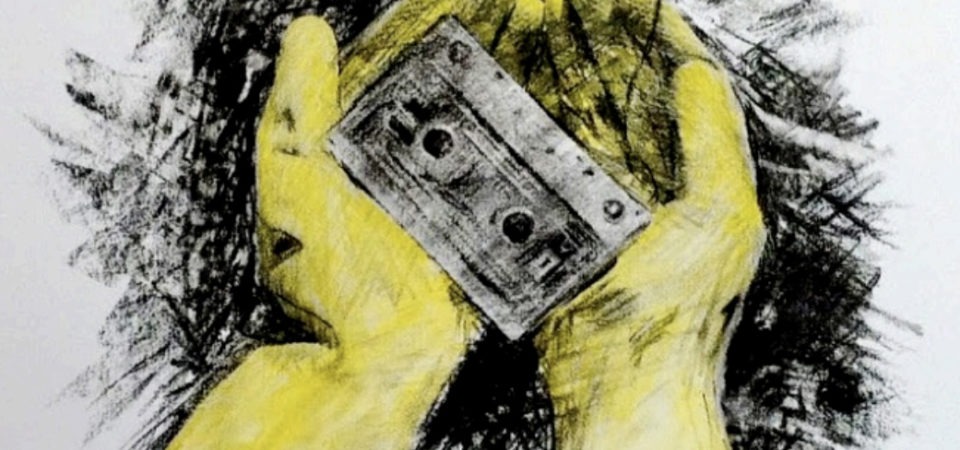When the world shut down during the early days of Covid, we saw a glimpse of what things could look like with less cars on the road, less air travel, and less energy being consumed in the production of goods. We saw a brief moment of relief on a strained energy system and environmental crisis. As our planetary population grows, we know the demand for energy will continue to increase and I believe this recent pause gave us time to reconsider what we want the future of power production to look like and what the possibilities of an altered planet hold.
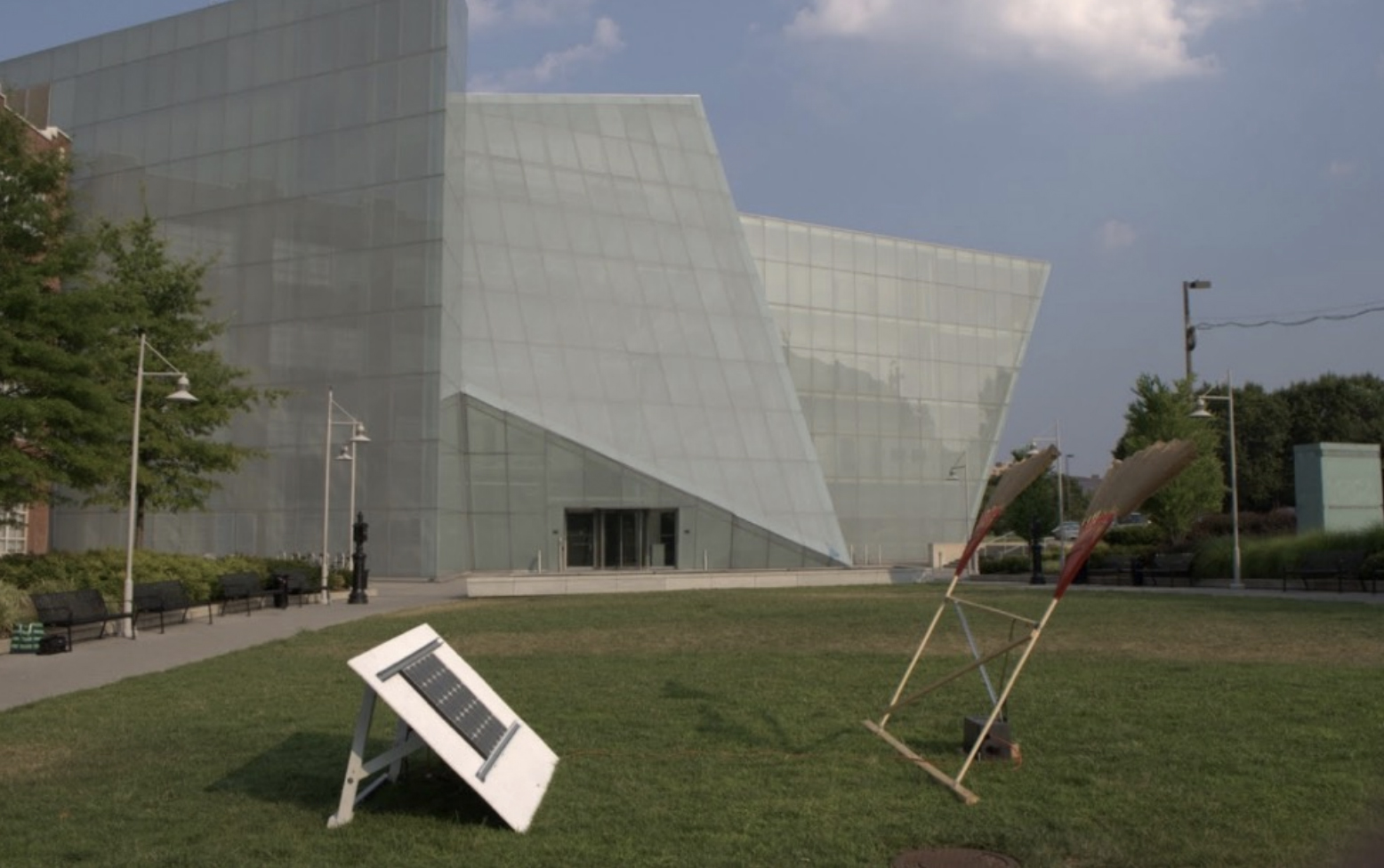
Energy Studies, sculptural work.
As an artist, I have looked at how the systems of power production change our landscape through mining, transfer, and waste. Questioning how the demand for power and the availability of resources have shaped our culture and relationship with the natural world. As a cultural producer, I can point to the absurdity of this unsustainable system we inherited and draw attention to our contradictory behavior. Artists are also scrappy makers. We salvage what others regard as waste while reinventing our world. I was reminded of this as I thought back to a sculptural piece made in collaboration with an engineer in 2010. Using a solar panel saved from a cell tower, and two old rakes I converted into large fans, and a repurposed windshield wiper motor, we worked together to create a structure that gently fanned passers by in the summer heat. I titled the piece Pharaohs as a way to comment on the the privilege of access to power. As the Pharaohs once were cooled by man power alone, my American capitalist culture expects unprecedented amounts of comfort and gratification at any cost to our environment. The sculpture initiated conversations about our evolution as a species as we wield technology and energy without considering the true cost of those kilowatts. For example, We may blow up a mountain in West Virginia destroying landscapes and habitats to make electricity, only to waste it on air conditioning an empty room. These large amounts of waste and the totality of a global energy grid is overwhelming, complicated and extremely large in scale. As a mere individual, I found it hard to confront, until I came across a fact in my research that brought the whole concept down to a single unit of measurement relative to my size. For each gallon of oil we burn, a one hundred year old square meter of forest is needed as a carbon sink equivalent. A square meter felt familiar. I could draw it on the ground around me without moving.
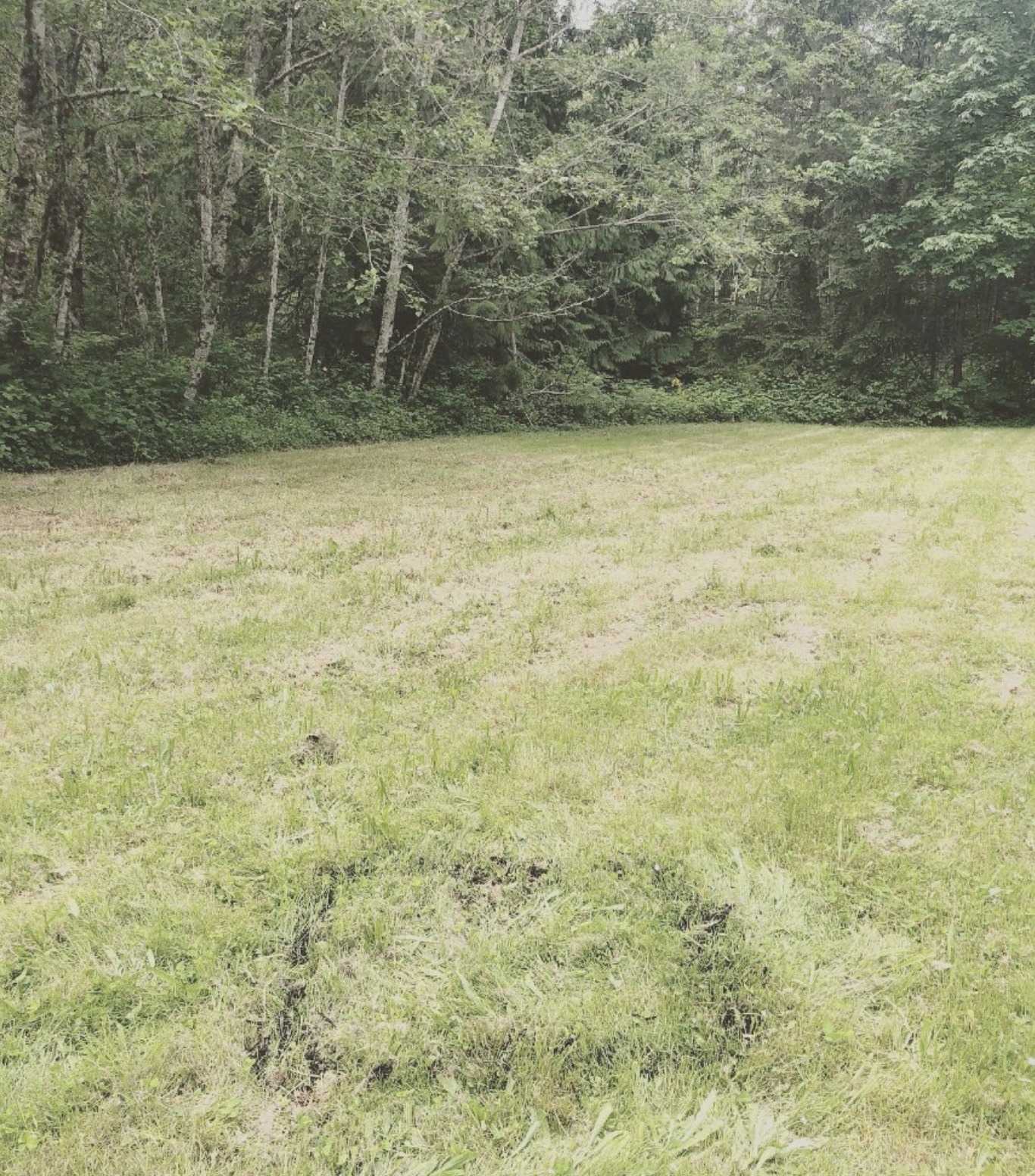
Square Meter
The square meters that I create provide intimate physical spaces that shrink these global systematic relationships of equivalency down to a human scale. I have been working on this project for over ten years, notating planetary square meters in mulch, river stones, rope, tape, and soil. Originally I examined the idea of balance between both the industrial systems and natural systems we rely on by recording the flat square meter in space, highlighting the contradictory human desire to both produce and conserve. But my most recent square meters currently on view at Unison Arts in New York as part of the Owning Earth outdoor sculpture exhibition, use reflective recycled aluminum metal posts cut to create square meter volumetric cubes that you can actually walk through.They absorb the color around them and change in the landscape throughout the day. They are inscribed on both flat sides with words that contemplate systems of sustainability and consumption.
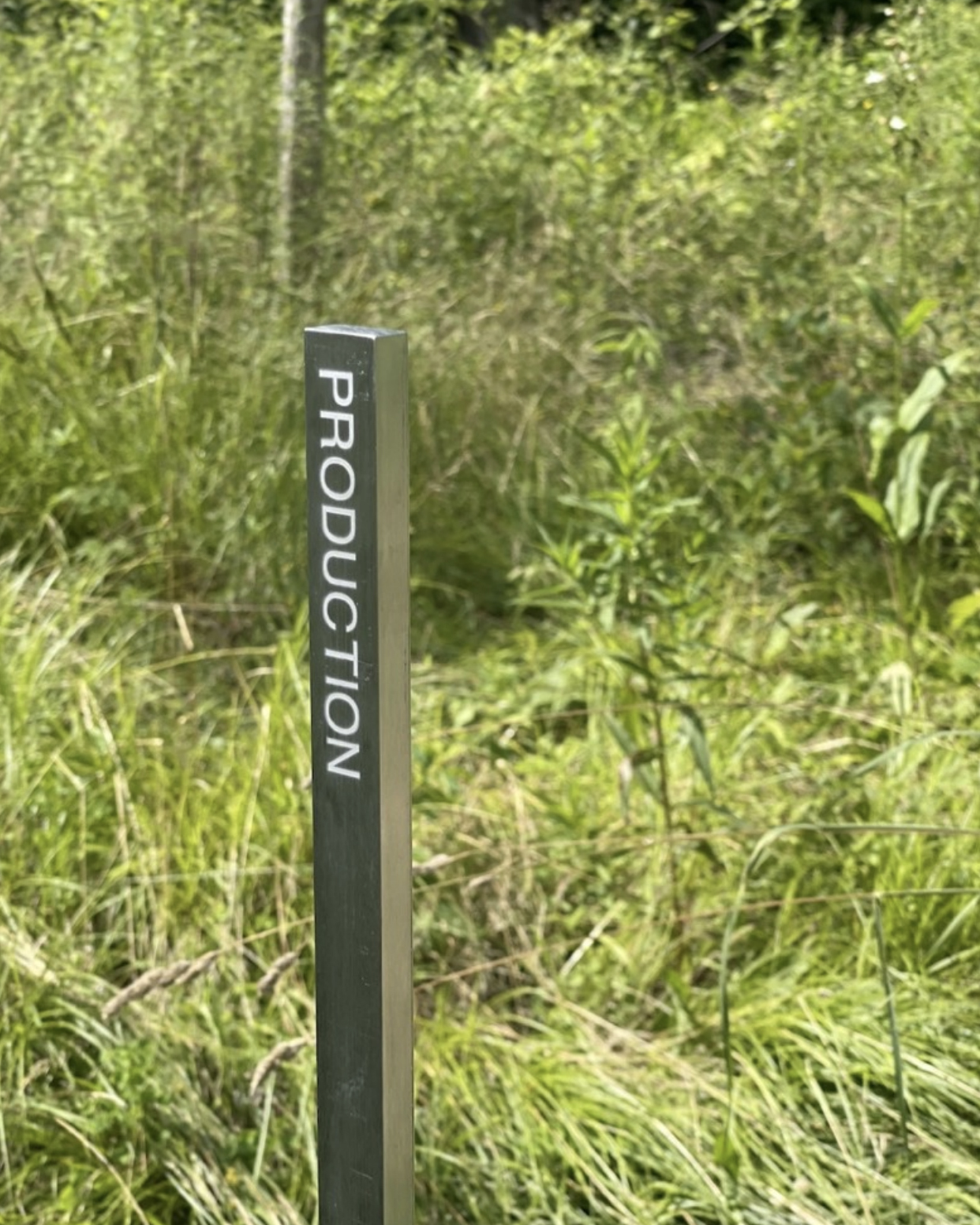
Square Meter,
recycled reflective aluminum metal post.
As I thought about the world in square meters, I asked myself if it would be possible to adopt a single square meter to care for and protect in a highly littered area of Baltimore city near where I lived at the time. For this project, titled, Fragmented Remains, I roped off a single square meter covered in trash that I visited often to clean. The debris was so embedded in this landscape that I had to use tweezers to separate styrofoam from pebbles. For over a year I picked up trash that washed up along this entire quarter-mile stretch of shoreline.
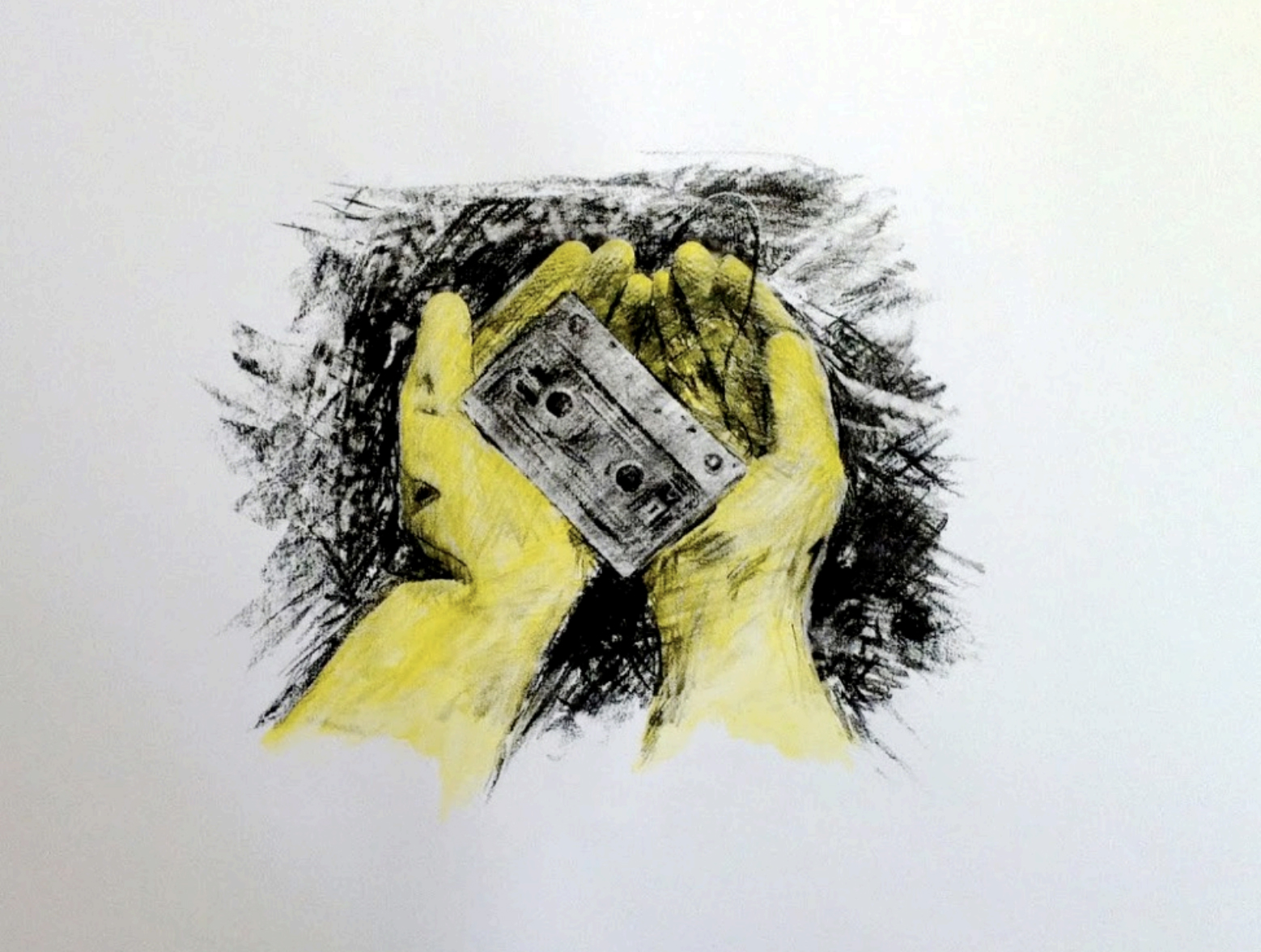
Fragmented Remains: Harbor Hospital Installation
As I picked up the discarded materials, I took time to consider each object I found. Mostly vessels, packaging, and containers and one time use plastics, I realized these objects were made with the very intention to be discarded. Never before has a civilization produced such abundance with an intended use duration of just a few seconds. Each time I went back to this stretch of shoreline, it was once again covered in debris as if I had not just been there just days before. It seemed never ending. That overwhelming feeling led me to contemplate each item individually. Each small item that I found was once thought useful and necessary. So I cradled each piece as I went, to honor that history of production and use before it got recycled or discarded once again. Like in the Pharaoh project, it was an exercise in pointing at the absurdity of these unsustainable systems we find ourselves part of and fighting against. And it made me ask the question, what are we willing to sacrifice of ourselves and our natural habitat for a kilowatt of energy.
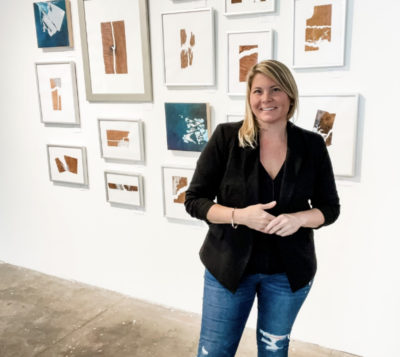 Eileen Wold, a 2021 Arts and Humanities Bainbridge Individual Artist Grant recipient, received her MFA from the Maryland Institute College of Art and has exhibited and lectured nationally at galleries, universities, and museums. She has been featured on PBS’ Arts Beat for her Empty Waters project exploring the health of the Chesapeake Bay and at the Baltimore Museum of Art’s Big Table talk series for her innovative approach to using non-traditional art materials as drawing objects. Wold is currently in the Owning Earth, a two-year outdoor sculpture exhibition at UNISON Arts, in New Paltz, New York, and is recent contributor and exhibiting artist in the Residency Project in California. Born and raised in New York, she has lived in Belgium, Spain, Washington DC, and Baltimore, and currently resides on Bainbridge Island outside of Seattle where she is an artist with CORE Gallery.
Eileen Wold, a 2021 Arts and Humanities Bainbridge Individual Artist Grant recipient, received her MFA from the Maryland Institute College of Art and has exhibited and lectured nationally at galleries, universities, and museums. She has been featured on PBS’ Arts Beat for her Empty Waters project exploring the health of the Chesapeake Bay and at the Baltimore Museum of Art’s Big Table talk series for her innovative approach to using non-traditional art materials as drawing objects. Wold is currently in the Owning Earth, a two-year outdoor sculpture exhibition at UNISON Arts, in New Paltz, New York, and is recent contributor and exhibiting artist in the Residency Project in California. Born and raised in New York, she has lived in Belgium, Spain, Washington DC, and Baltimore, and currently resides on Bainbridge Island outside of Seattle where she is an artist with CORE Gallery.
Eileen’s Website
Instagram @eileentwold
Eileen Wold participated in the online talk “What’s Next for Earth + Think Resilience,” hosted in May 2022 by Ecoartspace with Richard Heinberg. The video of the event is here.
This article is part of the MAHB Arts Community‘s “More About the Arts and the Anthropocene”. If you are an artist interested in sharing your thoughts and artwork, as it relates to the topic, please send a message to Michele Guieu, Eco-Artist and MAHB Arts Community coordinator: michele@mahbonline.org. Thank you. ~

